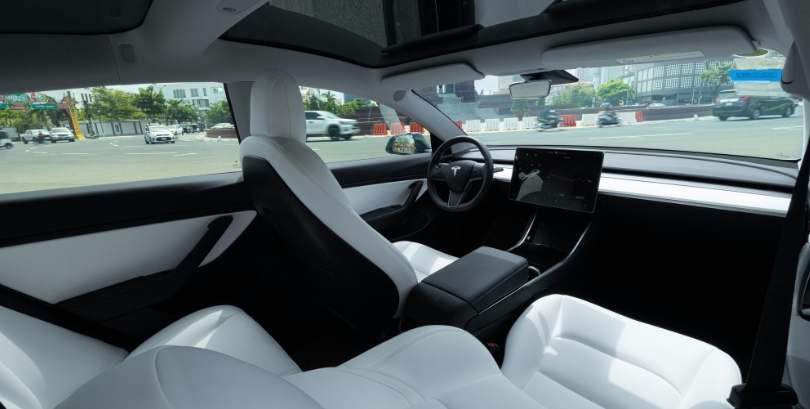Automobile
How Self-Driving Car Technology Accelerates Sustainability Goals for Modern Enterprises

The more focused organizations are on sustainability, the larger the area of impact transportation will play. Emissions, fuel consumption, and inefficient logistics all add up to a company’s footprint on the environment. This is where self-driving car technology steps in—not just as a futuristic innovation, but as a practical tool for meeting ecological objectives. Autonomous systems are reshaping mobility in ways that reduce waste, optimize energy use, and create a more responsible transportation ecosystem.
ALSO READ: Will Classic Cars Survive in a World of Autonomous Cars in the Future?
1. Optimizing Routes to Reduce Emissions
Route optimization plays an important role that needs to be understood before considering the wider environmental benefits of the technology. Traditional manual driving features inefficiencies, such as delays, detours, and uneven driving that increase fuel consumption.
Autonomous systems bridge these gaps through:
- AI-powered real-time route adjustments
- Predictive traffic pattern analysis
- Automated congestion avoidance
- Minimized idle time
This efficiency ensures that vehicles are using energy intelligently. Even small improvements across fleets translate to large carbon savings, positioning self-driving car technology as one of the powerful contributors toward sustainability results.
2. Fuel Efficiency Enhanced by Precise Driving
The reason is that fuel efficiency usually depends on human behavior: acceleration habits, braking patterns, and speed fluctuations. Automation removes variability and relies instead on machine-precise driving patterns optimized for minimal energy use.
These benefits include:
- Reduced harsh acceleration
- Smooth braking
- Optimal speed maintenance
- Consistent eco-driving behavior
But electric and hybrid fleets realize even more significant advantages, as steady driving extends battery life and improves performance. At these levels of consistency, self-driving car technology directly accelerates emissions reduction efforts.
3. Reducing the Number of Vehicles Needed
Smarter mobility means fewer vehicles. Autonomous fleets can operate with greater productivity, completing more trips per vehicle, with less downtime. This, in itself, can have a significant environmental impact.
Key enhancements include:
- Increased vehicle utilization
- Automatic shift changes
- Reduced frequency of maintenance
- Lower material and energy footprint per mile
Fewer vehicles translate into fewer resources spent on manufacturing, fueling, and servicing, an important equation in sustainable operations.
4. Supporting the Transition to Electric Mobility
Self-driving car technology and electric mobility go hand-in-hand. An autonomous system maximizes the benefits of EVs, making them easier to operate, charge, and integrate into large-scale systems.
Combined, they create sustainable advantages:
- It also enables intelligent battery management.
- Automated charging schedules
- Reduced range anxiety
- Extended EV lifespan through controlled driving
This synergy allows enterprises to scale their EV programs with confidence while lowering their carbon emissions over time.
5. Enabling Smarter Urban Planning and Mobility Models
Autonomous transportation also impacts sustainable urban development. When implemented into city infrastructures, autonomous vehicles reduce congestion, improve shared mobility, and facilitate low-emission zones.
Sustainable outcomes include:
- Few traffic congestion
- Reduced air pollution in dense areas
- More efficient last-mile delivery
- Lower reliance on private vehicles
These shifts contribute to cleaner, more organized urban ecosystems, thereby making self-driving car technology a core element of long-term sustainability strategies.
Bringing It All Together
As sustainability becomes the defining business imperative, few technologies have measurable, immediate environmental benefits like autonomous mobility. From optimized routes and fuel efficiency to integrating EVs and transforming urban landscapes, self-driving car technology can present a scalable pathway toward greener operations. Companies adopting the technology today are innovating to actively shape a cleaner, greener future.
Tags:
AutomobileAutomotive TechnologyElectric Vehicles (EVs)Future of AutomotiveAuthor - Samita Nayak
Samita Nayak is a content writer working at Anteriad. She writes about business, technology, HR, marketing, cryptocurrency, and sales. When not writing, she can usually be found reading a book, watching movies, or spending far too much time with her Golden Retriever.

